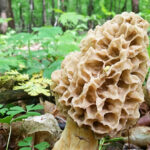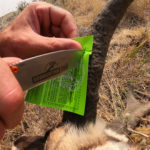In a world of seemingly endless adversaries against them, some deer tend to have it a little tougher than the rest of the herd. Maybe you’ve seen it before – a deer with grotesque growths around their face or across their body?
Despite being more common than what we might think, serious cases continue to be an alarming sight when encountered by a hunter.
But what exactly are these growths found on deer?
Recent photos captured by Non-Typical Productions show a velvet buck with significant growth around its face. Check it out in the photos below.
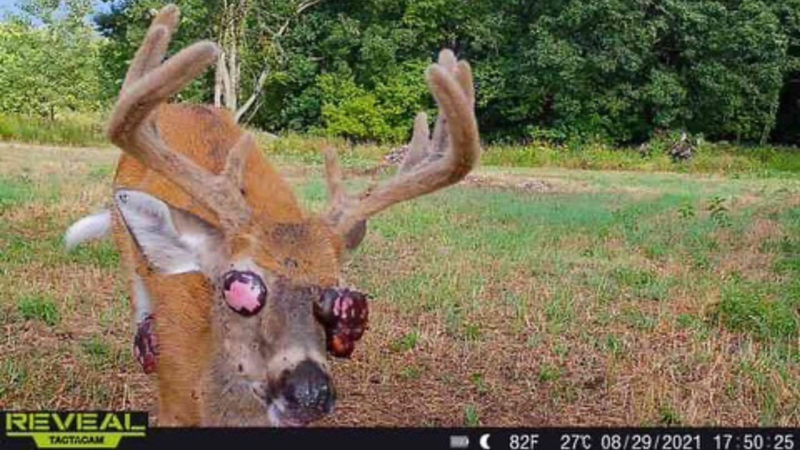
What happened to this buck?
“After doing some research on this deer and talking with some friends, we’ve figured out he has Fibroma, or deer herpes,” says the NTP crew. “They can live with it forever, but I’m not sure I’d want to!”
According to the Michigan DNR website, Fibromas are wart-like growths found on the skin of white-tailed deer and other members of the deer family. They are popularly referred to as skin tumors, or simply warts.
Histopathologists identify skin tumors from deer as papillomas, fibromas, or papillofibromas depending upon the predominate type of tissue making up the tumor.
Since there is evidence that skin tumors common to deer are caused by one kind of virus, and the differences that have been described for them is due to their age, all will be treated as one, the fibroma, in this discussion. An infection with fibromas is called fibromatosis.
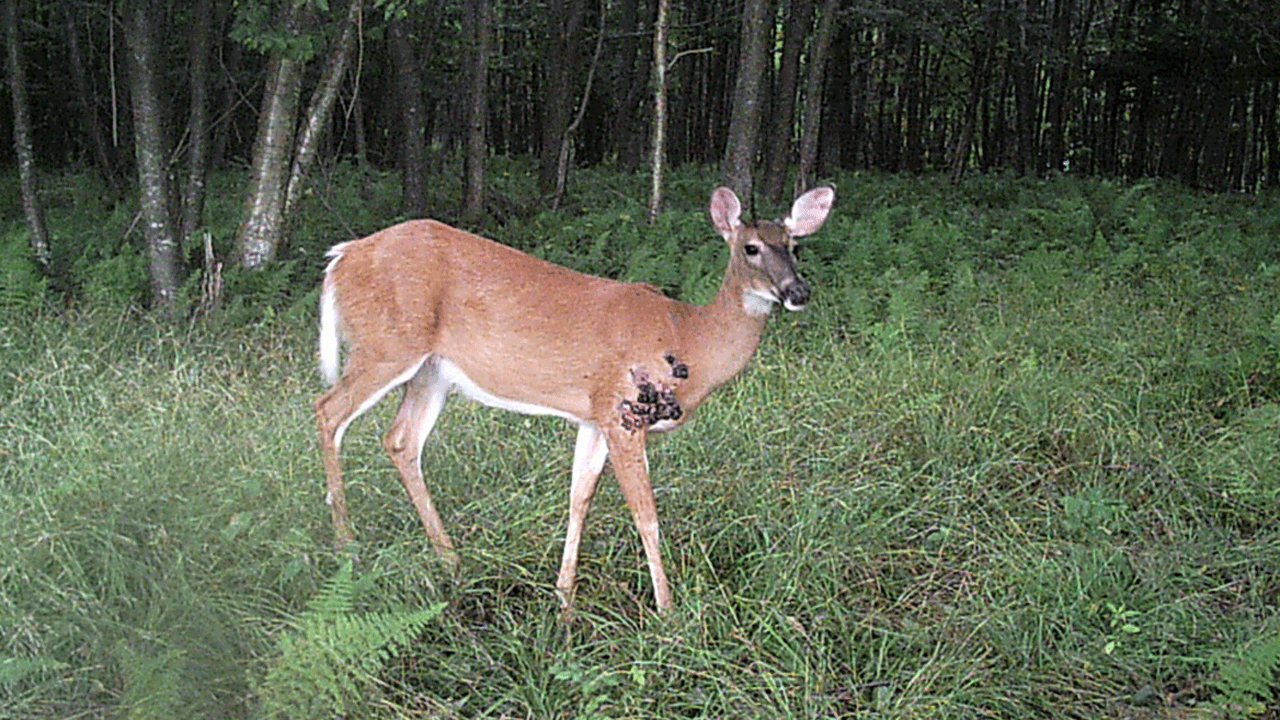
The department says that Fibromas are conspicuous as firm, nodular masses fastened only to the skin and varying in diameter from 10 to more than 100mm. All are fleshy. Some are covered with gray or dark skin which often is scratched and bleeding.
Others have a black, dry, hard surface that may be fissured much like the head of a cauliflower. The larger ones tend to be pendulous because of their weight and stem-like attachment to the skin.
Fibromas are randomly distributed on deer but occur most frequently about the eyes, neck, face, and forelegs. They may be single or multiple. Light infections are a common occurrence in white-tailed deer.
A heavily infected deer may have 25 or more. Occasionally, in multiple infections, they are so numerous and close together that they join into a coalescent mass. However, the incidence of severe involvement is extremely low.
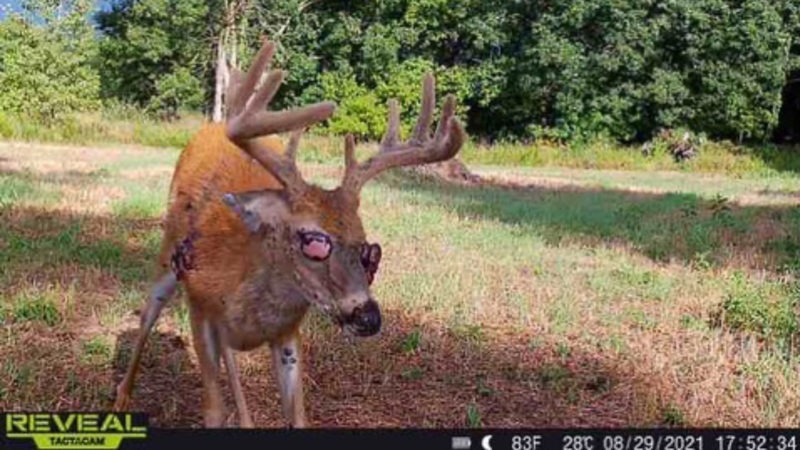
Do Fibromas Harm the Meat?
According to the Michigan DNR, Fibromatosis is not an important cause of deer mortality. The disease is not known to infect humans.
It’s main significance lies in the consternation and concern experienced by the hunter who shoots a deer covered with ugly-looking lumps. Though they don’t harm the meat, fibromas are repulsive to most persons and therefore render a fine trophy aesthetically undesirable.
The question is, would you eat it? Would you eat a deer with warts found anywhere on its body?
Comment below and let us know what you think.

 By
By 